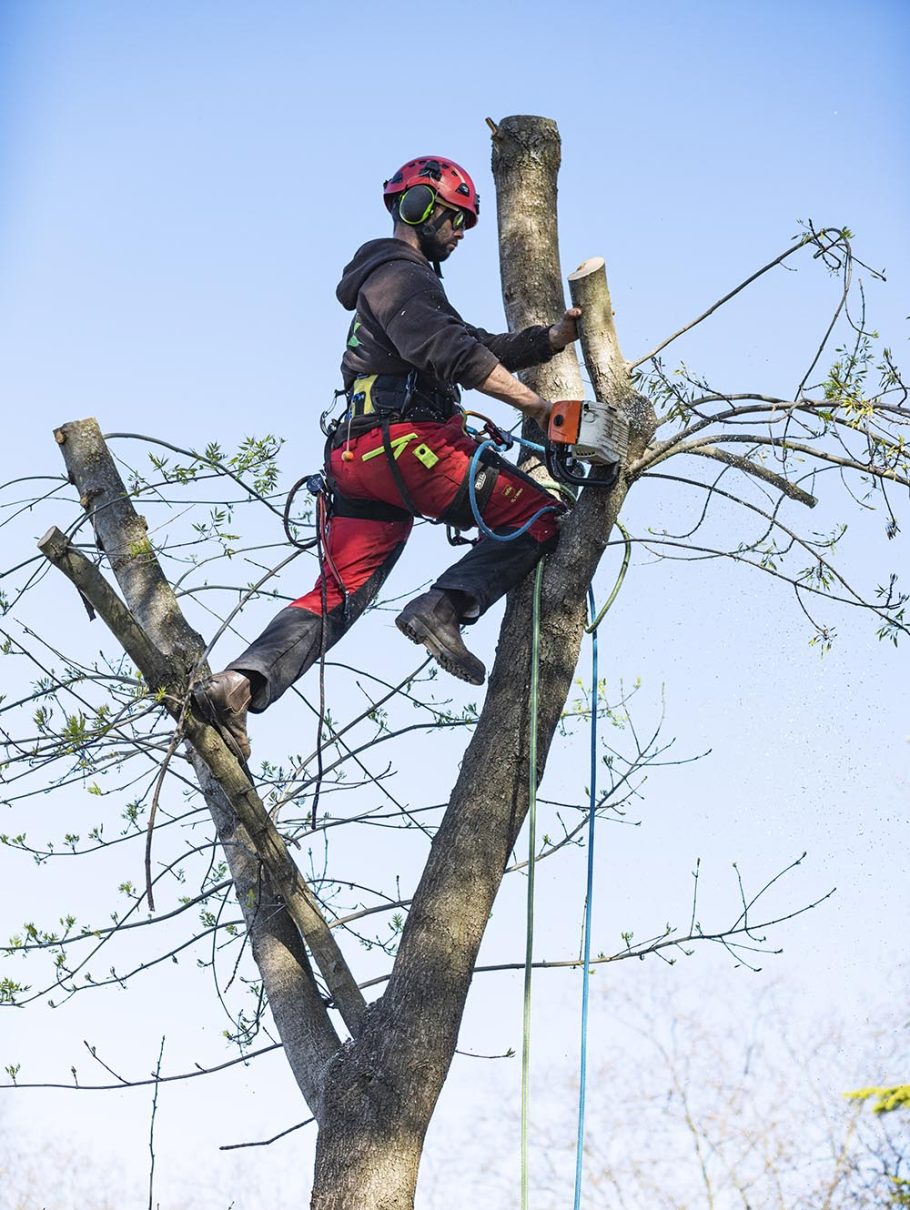Proper care is essential when you are dealing with most plants, and the Brazilian Pepper tree is no different. Careful and correct pruning and attention will leave you with a gorgeous plant that you can admire all year around, while a mistake may turn your evergreen tree into a never-ending nightmare.
Here we will take a good look at the Brazilian Pepper tree and give you a few tips and tricks on how best to look after this lovely addition to your garden.
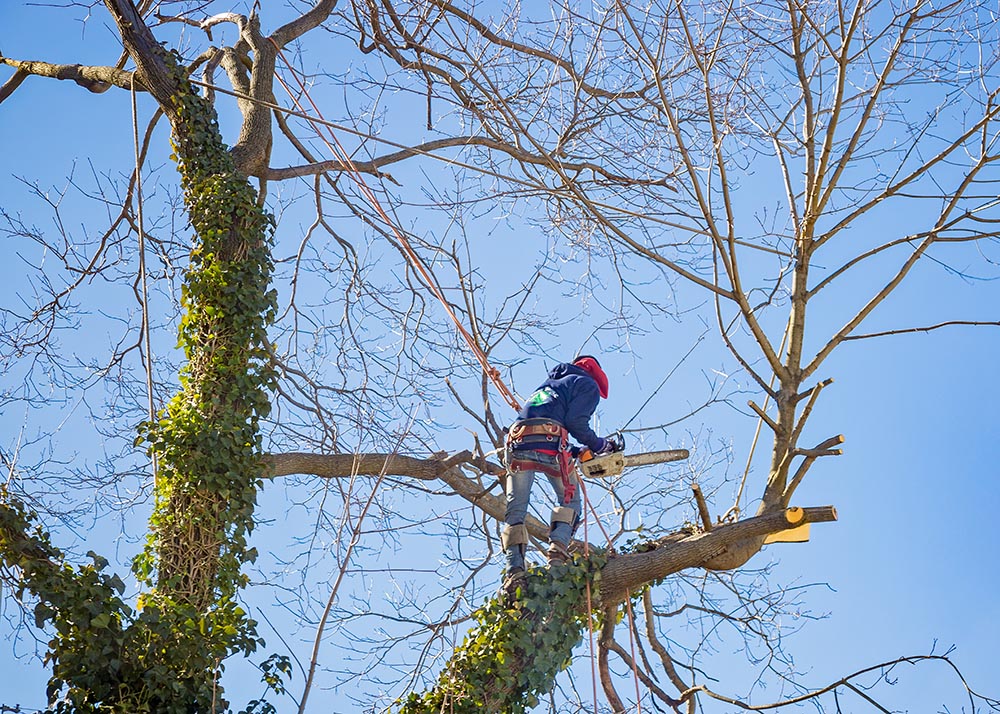
How tall does the Brazilian Pepper tree get?
The Brazilian Pepper tree can grow to heights exceeding 15 metres, but it is more commonly considered a smaller tree or shrub averaging between 3 and 10 metres tall. This can make it a little easier to reach than some other trees when it comes to pruning and maintenance, though you should still leave it to the experts if you are at all unsure or if it looks or feels unsafe to get to.
Brazilian Pepper trees have a distinctive wide canopy and share many characteristics with holly trees, leading many to confuse the two. The red berries produced by the Brazilian Pepper tree indeed resemble holly berries, and the former’s berries and foliage are often used as festive decorations giving it nicknames like Brazilian Holly, Christmas berry and Florida Holly.
Formerly found pretty much exclusively in Brazil, it has now spread to many places with a warm climate including parts of the United States, Australia and New Zealand among others. It is fast-growing and tough to get rid of, so you should make sure you keep an eye on your garden if you don’t want your Brazilian Pepper tree to take over.
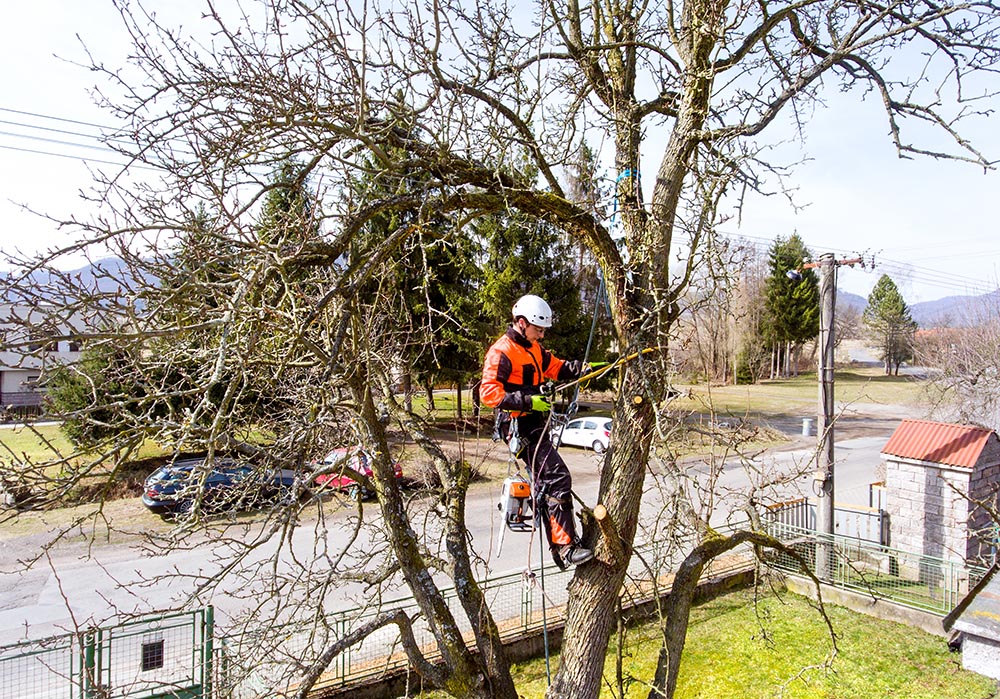
Why are the leaves on my Brazilian Pepper tree turning brown?
Brown leaves on any plant can be indicative of an issue, but especially on evergreen trees that don’t usually lose their green bright and healthy leaves. There are a number of reasons this could be occurring, so if you are in doubt consulting with a qualified arborist is the best way to decide how to proceed. To get you started, here are a few common reasons for brown leaves on a pepper tree:
- Bacterial Leaf Spot – more common in humid and damp areas, it is essential that you get rid of any infected parts as soon as you can to prevent the disease from spreading to, and perhaps even killing, the rest of the tree.
- Fungal pathogens like Phytophthora – are found where plants are over-watered or in places using overhead irrigation, this fungal infection can spread quickly so preventative measures such as spraying fungicides should be taken.
- Calcium deficiency – is caused by a number of factors including an imbalance in the chemical composition of the soil, this can be treated by rectifying this with eggshells, bone meal and other remedies in the soil.
- Pests – a common cause of brown leaves, aphids and other pests can wreak havoc in your Brazilian Pepper tree and your garden as a whole. You should always be on the lookout for signs of infestation, take preventative measures and react quickly when you suspect that they are already here.
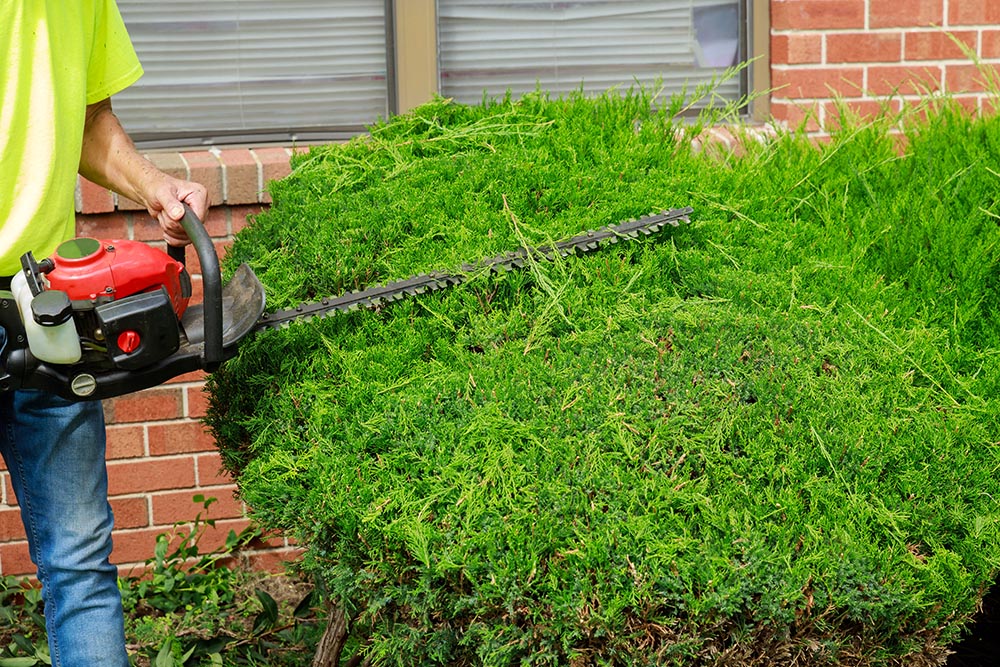
How do you prune a Brazilian Pepper tree?
There are many reasons to prune the plants in your garden and different ways to approach each one. If you are pruning to change the look of your tree for example, cutting from the main growing tip will encourage more growth to the sides getting a bushier tree, while you can also strip from the sides to get a taller-looking tree.
Many people chose to prune under the canopy, creating a nice relaxing and shady spot to sit in the garden in those warmer sunnier months. This involves cutting the branches that grow outward from the trunk close to where they spring from, but without actually harming the trunk itself.
You may also wish to thin out the canopy or restrict the outward growth of your Brazilian Pepper tree so that it doesn’t take over your garden. You will need different tools depending on the thickness of the branches and where you are cutting, just remember to always consider your safety first.
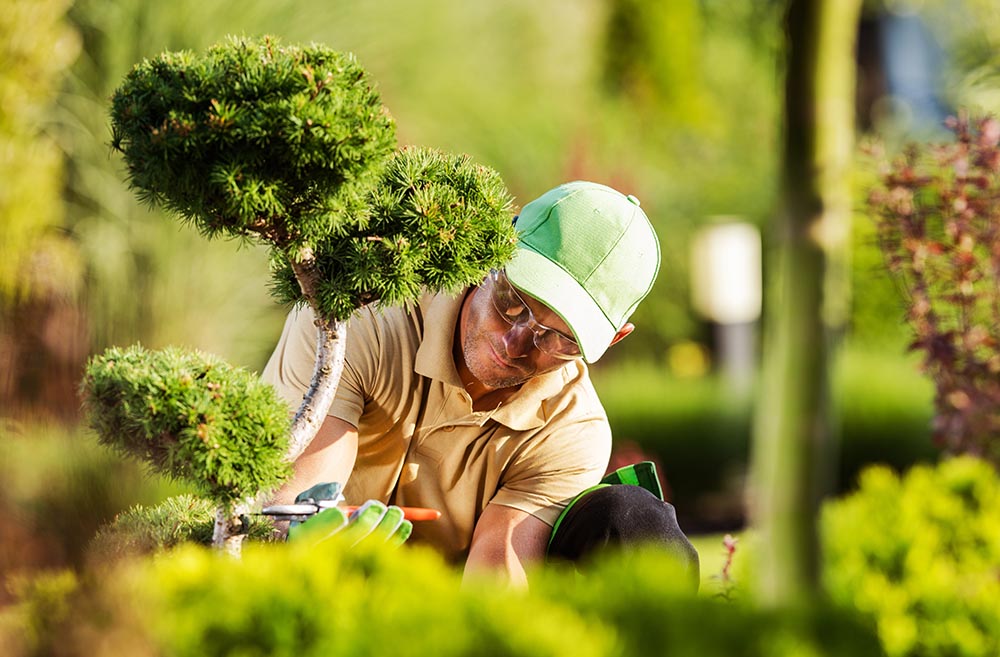
How often should you prune a Brazilian Pepper tree?
Brazilian Pepper trees are classed as fairly low maintenance by many people, as they grow easily, are happy in the sun, and don’t require too much watering. When it comes to pruning, it is up to you how often your tree needs it. If, for example, it is growing out of control or doesn’t look the way you want it to, it may be time to get your pruning shears out.
If a certain part of your plant is dead, dying or looks infected you should prune it right away to save the rest of the tree. Further, there are better times of the year to prune and others when it can actually cause more harm than good.
If you aren’t absolutely sure what you are doing, it is better to check in with the experts for advice or leave it to a qualified arborist. Cutting back a tree or trying to thin it out yourself can actually kill the plant if not done right, so do your research and have a plan before you start to prune.
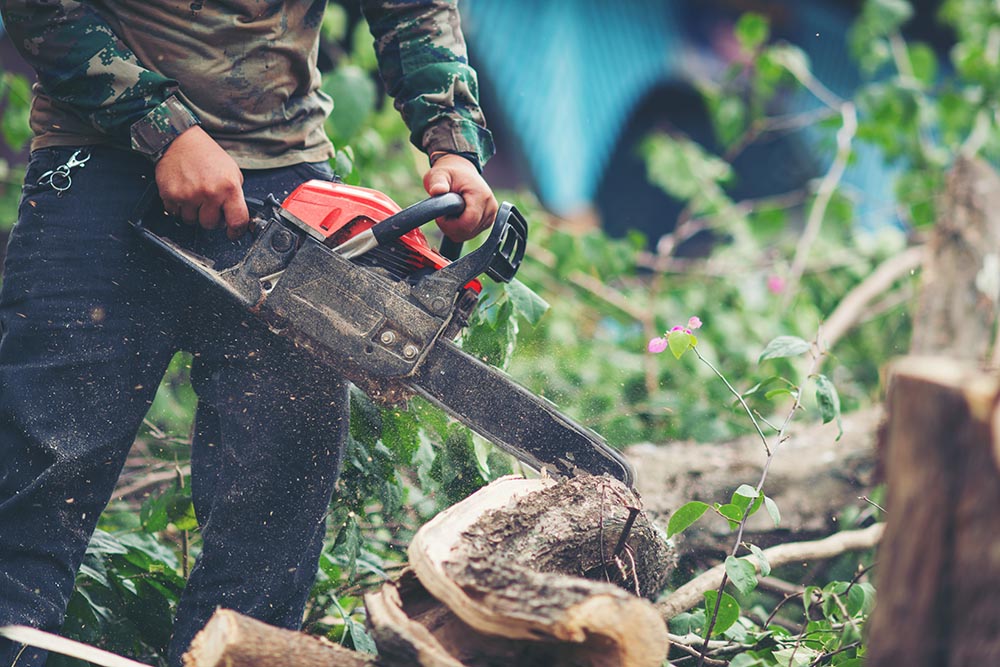
What time of year should you trim a Brazilian Pepper tree?
Brazilian Pepper trees can be trimmed more or less all year round, though it is better to avoid the hottest months wherever possible. It is better not only for the plant’s health but also for yours to avoid spending too much time out in the full heat of the day at this time.
You should also take extreme care when pruning while the tree is fruiting. Brazilian Pepper trees can soon take over your garden if you let them, and cutting off branches while they are fruiting can lead to more plants springing up all over your garden.
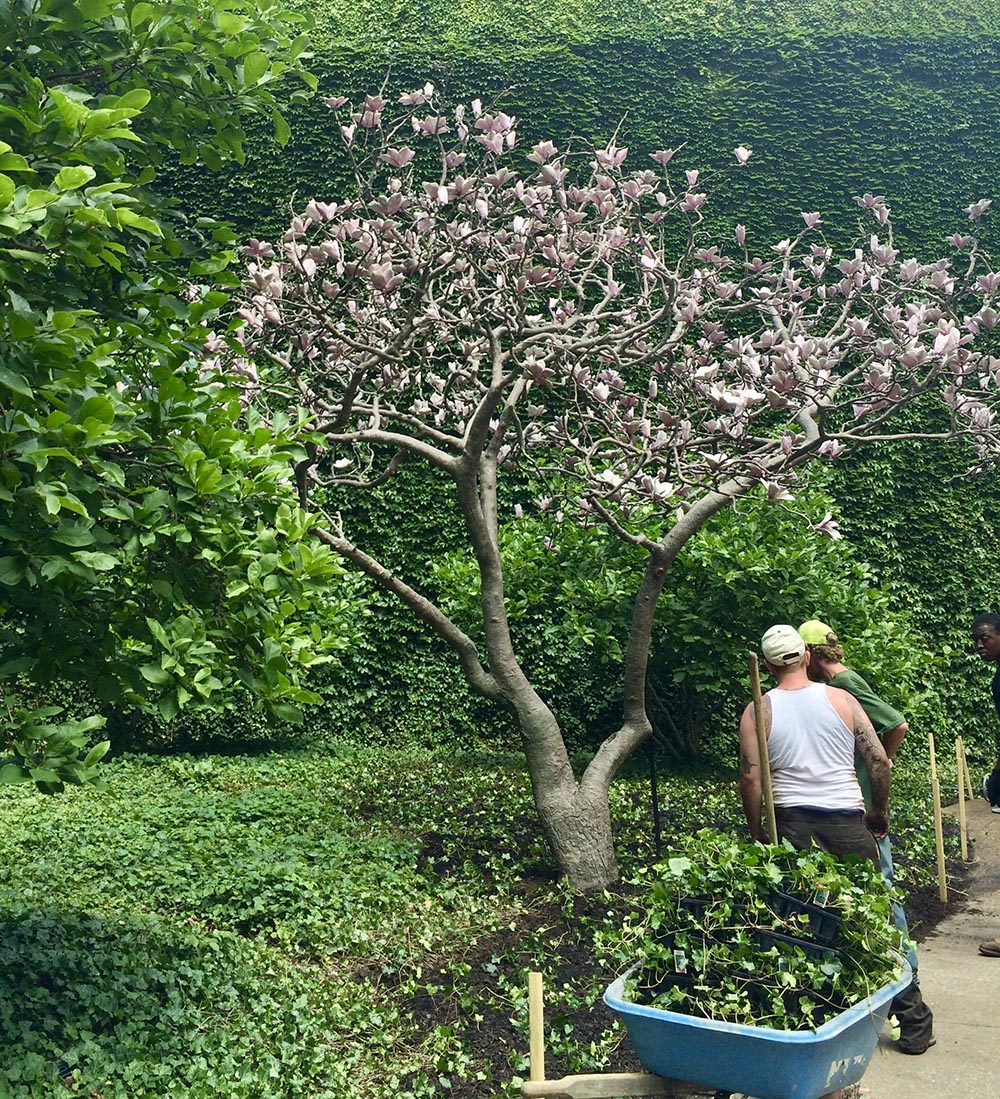
Conclusion
For some gardeners, a Brazilian Pepper tree is a gorgeous addition to their outside space looking fantastic all year round and offering a shady place in the heat and a nice view. For others, these trees can be a struggle, taking root and invading much of the rest of the garden.
Whether you are looking to love and prune your Brazilian Pepper tree or eradicate it from your property, you should always consult the experts for advice on how to begin.

